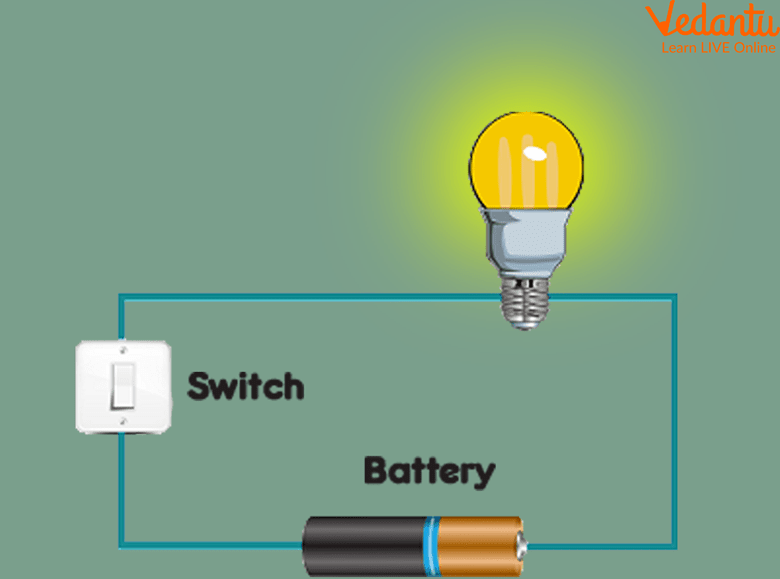
However, it’s difficult to create high-voltage DC current, so electricity is transmitted as AC current and then stepped down to a lower voltage by transformers before being supplied to electric devices via the power grid. Then those devices, in most cases, convert the AC current into DC current with their internal circuitry so that it can be used. The terms current and voltage encompass different types of phenomena, and one major distinction that can be made is that of direct current and alternating current. Direct current (DC) refers to current and voltage whose direction does not change. If you want more current to flow at a given resistance value, you can accomplish that by raising the voltage. Power is generally calculated by multiplying current (A) by voltage (V), yielding a result that is expressed in watts (W).
State Coulomb’s law.
Sometimes, these electrons are tightly held, and other times they are loosely held. When electrons are loosely held by the nucleus, they are able to travel freely within the limits of the body. Electrons are negatively charged particles hence when they move, a number of charges moves, and we call this movement of electrons as electric current.
Current density and Ohm’s law
In this type the electrons do not flow in a continuous loop. Instead, they alternate between moving forwards and backwards, just like the tide of the sea. Your electrical devices, like laptops and mobile phones, will use DC electricity.
Current versus Drift Speed
This large value for current illustrates the fact that a large charge is moved in a small amount of time. The currents in these “starter motors” are fairly large because large frictional forces need to be overcome when setting something in motion. Not only are fuses and circuit breakers rated in amperes (or amps), so are many electrical appliances.
Electric Current: Definition, Unit, Formula, Types (W/ Examples)
The electron flow, or moving charge, is therefore away from the negative terminal. Since a “perfect vacuum” contains no charged particles, it normally behaves as a perfect insulator. However, metal electrode surfaces can cause a region of the vacuum to become conductive by injecting free electrons or ions through either field electron emission or thermionic emission. Externally heated electrodes are often used to generate an electron cloud as in the filament or indirectly heated cathode of vacuum tubes. Cold electrodes can also spontaneously produce electron clouds via thermionic emission when small incandescent regions (called cathode spots or anode spots) are formed. These are incandescent regions of the electrode surface that are created by a localized high current.
Vacuum

When there is a large current present, such as that used to run a refrigerator, a large amount of charge moves through the wire in a small amount of time. If the current is small, such as that used to operate a handheld calculator, a small amount of charge moves through the circuit over a long period of time. Electric currents create magnetic fields, which are used in motors, generators, inductors, and transformers. In ordinary conductors, they cause Joule heating, which creates light in incandescent light bulbs. Time-varying currents emit electromagnetic waves, which are used in telecommunications to broadcast information. From Fig.2, if we maintain an unvarying potential difference between the two conductors, we get a constant net flow of steady charge in one direction in the metallic wire connecting the two conductors.
The ratio of current to area for a given surface is known as the current density. The main purpose of a battery in a car or truck is to run the electric starter motor, which starts the engine. The operation of starting the vehicle requires a large current to be supplied current electricity definition by the battery. Once the engine starts, a device called an alternator takes over supplying the electric power required for running the vehicle and for charging the battery. Now let us look at the various differences between static electricity and current electricity.
- Therefore, if there is a loop with a capacitor, it can be treated as “open” (essentially as if the wire were not connected there, and loop rules as such would apply.
- Vacuum tubes and sprytrons are some of the electronic switching and amplifying devices based on vacuum conductivity.
- Therefore, manufacturers need to be able to test cables and lamps to find out how much current they can handle.
In other materials, notably the semiconductors, the charge carriers can be positive or negative, depending on the dopant used. Positive and negative charge carriers may even be present at the same time, as happens in an electrolyte in an electrochemical cell. As mentioned above, charge carriers in the wires of electric circuits are electrons. These electrons are simply supplied by the atoms of copper (or whatever material the wire is made of) within the metal wire.
Eddy currents are electric currents that occur in conductors exposed to changing magnetic fields. Similarly, electric currents occur, particularly in the surface, of conductors exposed to electromagnetic waves. When oscillating electric currents flow at the correct voltages within radio antennas, radio waves are generated. The conventional current flows from the positive terminal to the negative terminal, but depending on the actual situation, positive charges, negative charges, or both may move. In metal wires, for example, current is carried by electrons—that is, negative charges move. In ionic solutions, such as salt water, both positive and negative charges move.
Current, in the realm of electrical circuits, refers to the flow of electric charge through a conductor. It is the rate at which electrons move along a closed path, commonly a wire or circuitry. Measured in amperes (A), current is a fundamental concept in understanding the dynamic behavior of electricity.













